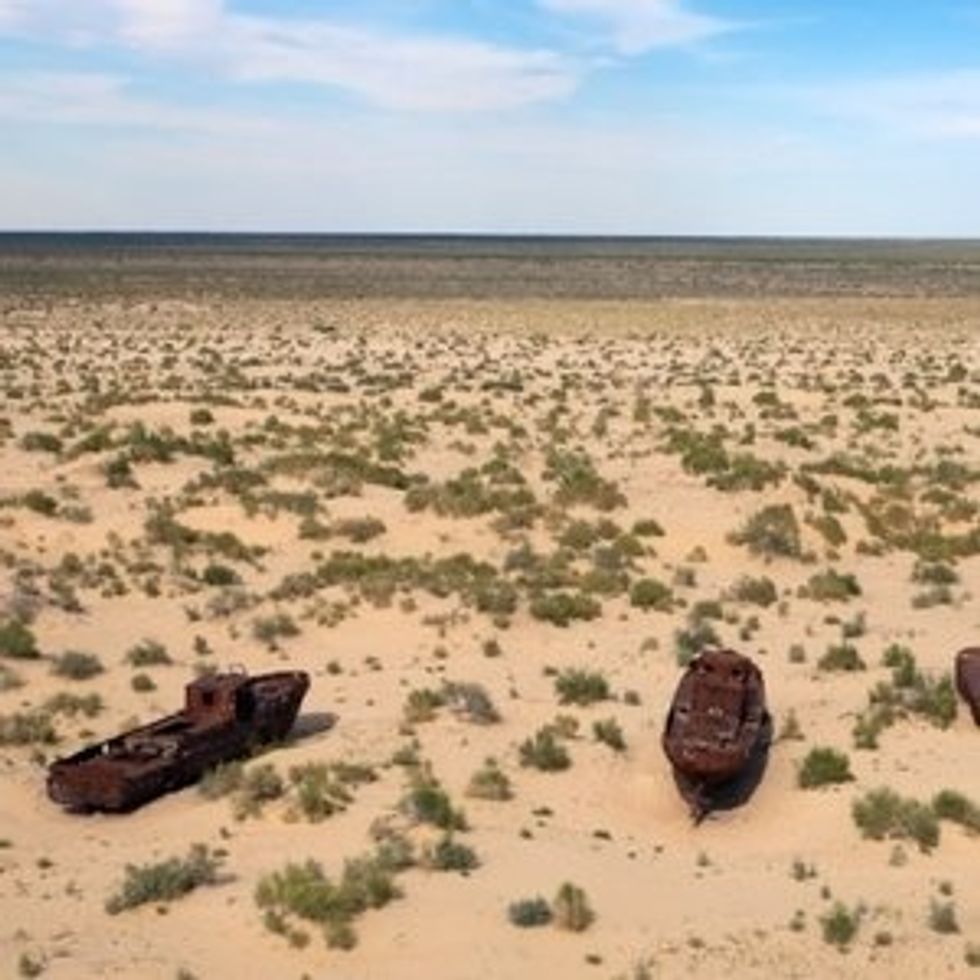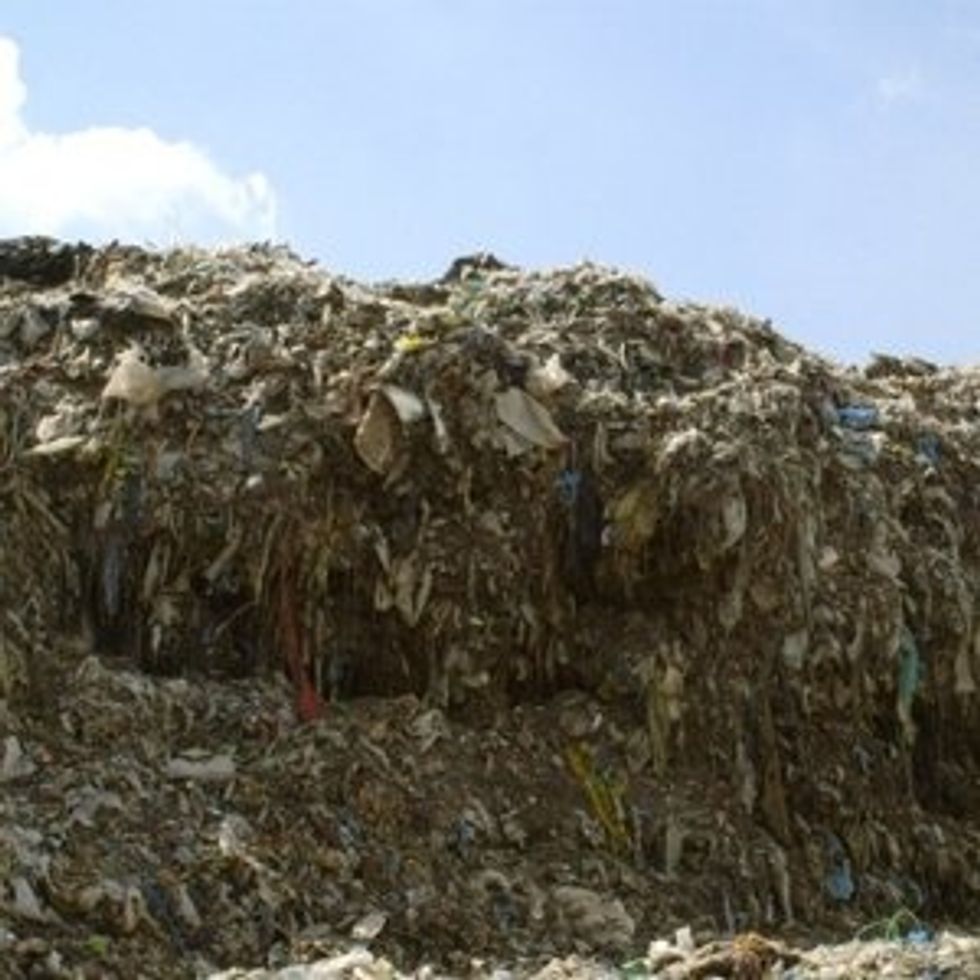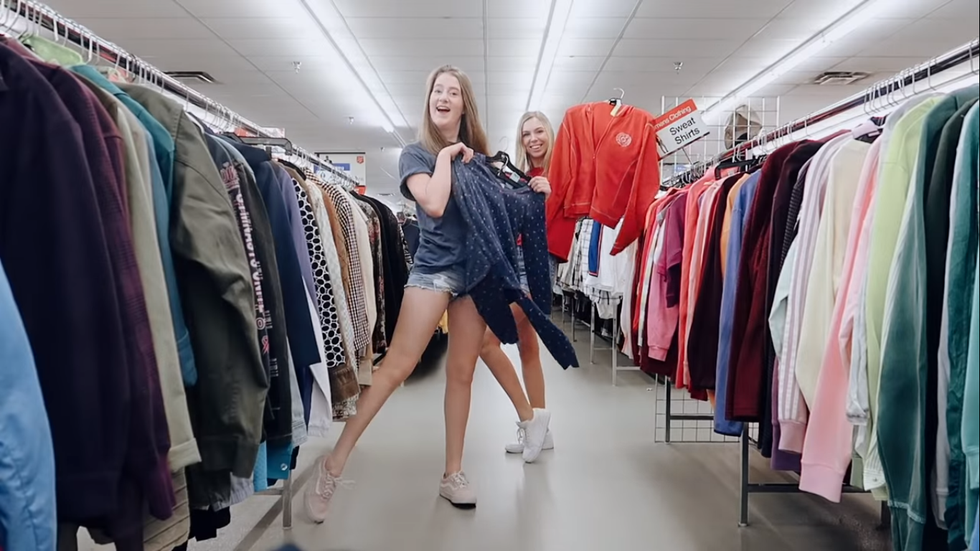The fashion industry is the second largest polluter in the world just after the oil industry, and its environmental damage is only increasing as the industry grows. Though not a well-known issue, the negative environmental impacts of current textile practices are unprecedented due to the amassing toxic chemicals waste, the excessive amount of fresh water used to dye clothing and grow cotton, and the accumulating landfill waste as textiles are disposed of. Overall, the clothing industry is a destructive quick-money ploy with only one real solution: thrifting.
More and more companies are taking part in the textile industry every year due to the increased economic payoff of the production. With a constant reduction of production costs, garment quality is declining every year which causes consumers to purchase them even more—making it an ideal market for producers. However, the growth of the clothing industry has created a wealth of economic issues such as water pollution.
In many countries where textiles are produced, untreated toxic wastewaters from textile factories are dumped directly into surrounding bodies of water. Wastewater is the leftover water that remains after treating various textiles with chemicals. This fluid contains substances such as lead, mercury, and arsenic—among many other harmful chemicals. These chemicals are detrimental to aquatic life and other ecosystems that depend on these bodies of water for survival. Processes involving fiber production, dyeing, bleaching, and wet processing all use a substantial amount of chemicals that end up being dumped into our environment, becoming pollutants that ravage human health. All at the expense of the clothing on your back.
The dyeing and finishing process uses a ton of water too—making the textile industry one of the largest freshwater consumers in the world. It can take up to two-hundred tons of freshwater to dye one ton of fabric. In addition, the clothing industry closely supports cotton production—which requires a substantial amount of water as well. For example, it takes almost 10,000 liters of water to produce just one pound of cotton; a crop solely produced for textile purposes. Cotton production also contributes to water contamination through the use of fertilizers, which heavily pollutes runoff water sources. Cotton farming has already destroyed ecological resources such as the Aral Sea in Central Asia, where cotton production has entirely drained the water source. The destruction of our environment will only continue as long as the clothing industry continues to thrive.
As the quality of the garments in the textile industry continues to decrease, the more clothing ends up in landfills. People are buying more clothes more often since their poor quality causes them to wear out quickly. Not only that, but people continue to purchase clothing to keep up with the rapidly changing trends of the fashion industry. All of this contributes to landfill waste. An average western family throws away an average of seventy pounds of clothing per year, with only fifteen percent being recycled or donated. Synthetic fibers such as polyester are plastic fibers, which are non-biodegradable and can take up to two-hundred years to successfully decompose-- which are used in seventy-two percent of our clothing. People are restlessly filling landfills with clothing that will not decompose during their lifetime.
The Only Solution
The only way to keep from encouraging this toxic industry is to limit our financial contributions to them. The best way to do this is by refusing to purchase new clothes from the textile industry, and instead, find previously used clothes through processes like "thrifting." Thrifting is the act of purchasing used goods at second-hand stores, most commonly referring to buying and upcycling used clothing. We have 400% more clothes than we did twenty years ago. With more clothes than ever before, there's really no need to buy new ones when we can reuse the ones we already have.
Helping the environment is all about reducing, reusing, and recycling whenever we can, and clothing is no exception.

















